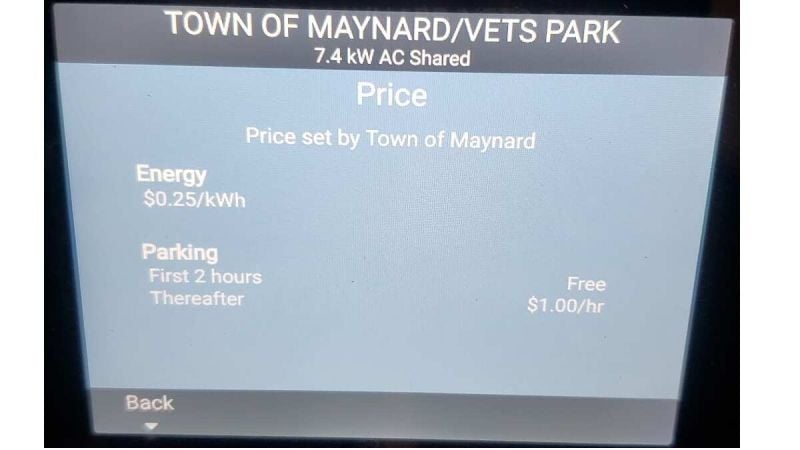If you are a fan of the metric system and endorse its use in the United States, you may find this interesting or surprising (or ridiculous). Although America is now well into its second decade of the modern electric vehicle, we have opted not to use SI or metric units to describe the energy capacity of the batteries electric vehicles use. Instead, we opted to use kilowatt-hours, commonly written as kWh.
Related Story: Electric Vehicle Terms: EVSE vs. Charger - What Does Each Term Mean?
A kWh is one kilowatt for one hour. If you deliver one kilowatt of power to a battery using an EVSE (charger), you put in one kWh. Make sense? So why isn’t this a metric system unit? Simply because “hour” is not an SI or metric unit. The metric system gets funky when time is involved. And when measuring energy and power, time is pretty much always involved.
The metric system was designed to replace older units of measure and “metrics.” We all know how frustrating it can be to confuse pounds force with pounds mass, right? Well, if you don't get that, you didn't suffer through an engineering program in America at any point in your life. Maybe you know that ounces, quarts, and gallons are tricky to use in calculations and that milliliters and liters are easier. The folks with the big brains (who really have no difficulty using units of any type) figured the proletariat would be better off if the units all had step-ups of ten rather than 16, 32, 12, 26, 5280, and a long list of other random numbers. It’s insulting if you think about it. After all, a lot of folks did a lot of pretty impressive things with the old Imperial system of units.
Anywho, the SI and metric folks hit a wall when they got around to the most important unit of all - time. You see, the way the Sun, Earth, and Moon do stuff never lines up in tens. We have 365 days in a year, right? Actually, we don’t. It’s presently 365.2422 days per year to make one rotation of the sun on our rock. Which is not constant, just in case you were wondering. We then figured out long ago that 24 hours with 60 minutes sort of worked. They just don't work with a base-ten system. So, when you start trying to work time into the metric system, it gets messy.
There is a metric unit of time. It’s called the second. So, I’m just a big dummy, after all. Nope. After seconds the metric time units are kiloseconds. The metric system also has decidays and decaseconds. Fun, right? What doesn’t the metric system have? Hours.
Just like with tires, which use both millimeters and inches in their specifications, the unit of energy we use for electric vehicle batteries is a combination of the old (coke classic) and the new (lower-calorie) units. The result is a unit that isn’t metric or Imperial. So what is the unit of energy in the base-10 system? Joules. How do we calculate joules? watts x seconds.
Finding examples of metric time in use is tricky. I’ve worked in biopharmaceutical manufacturing and the semiconductor industry, and I never heard any engineer use metric time. In the high-purity fluid and commercial fluid management industries, everyone I worked with used gallons per minute as the standard form of measurement. Liters per minute was another popular way to describe fluid flow, and even liters per day. I never had a chemical company call and say, “We need to transfer about 100 milliliters per hectosecond of toluene diisocyanate.” It just doesn’t happen.
So what’s the point? Does there need to be a point? Well, if you insist, let’s just say that metric units of time generate less CO2.
Bonus fun fact: James Watt did his work before the adoption of the metric system. It must have been wicked hard for him not to have everything neatly broken down into bits of ten. Speaking of bits, there are 8 of them in a byte. Not ten.
Image of ChargePoint screen showing kWh by John Goreham.
John Goreham is an experienced New England Motor Press Association member and expert vehicle tester. John completed an engineering program with a focus on electric vehicles, followed by two decades of work in high-tech, biopharma, and the automotive supply chain before becoming a news contributor. In addition to his ten years of work at Torque News, John has published thousands of articles and reviews at American news outlets. He is known for offering unfiltered opinions on vehicle topics. You can follow John on Twitter, and TikTok @ToknCars, and view his credentials at Linkedin












